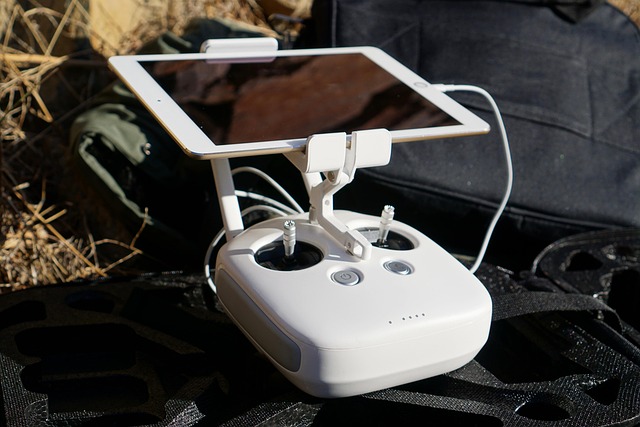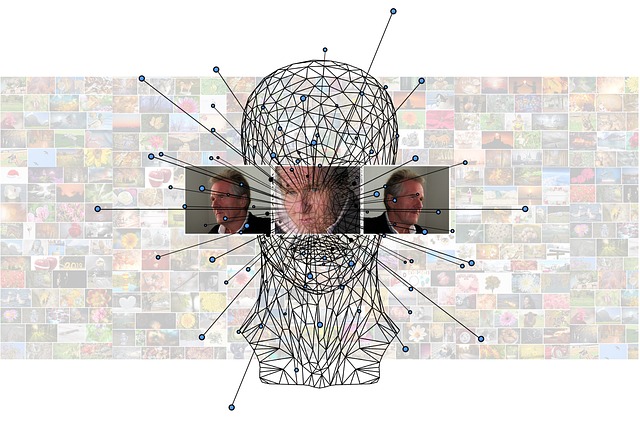Revolutionizing Algorithms: Exploring the Power of Multi-Robot Systems
In the ever-evolving landscape of algorithm design, the integration of multi-robot systems marks a groundbreaking shift. These systems, consisting of multiple robots working in coordination, have introduced new dimensions to problem-solving, optimization, and automation. For enthusiasts and professionals diving deep into the realm of Algoritmus, understanding the dynamics of multi-robot systems offers an exciting glimpse into the future of intelligent computing.
From Solo Agents to Collaborative Teams
Traditional algorithms often focus on single-agent scenarios, where one robot or entity performs a task independently. However, the multi-robot system paradigm excels by leveraging the collective strength of multiple agents. This collaboration not only enhances efficiency but also introduces robustness, scalability, and flexibility that single robots alone cannot achieve.
Imagine a fleet of drones collectively surveying a large agricultural field or multiple warehouse robots coordinating to fulfill orders seamlessly. The algorithmic challenges in such scenarios involve intricate coordination, fault tolerance, communication protocols, and dynamic task allocation — all of which push the boundaries of conventional algorithmic design.
Algorithmic Challenges Unique to Multi-Robot Systems
- Decentralized Control: Unlike centralized systems, multi-robot algorithms often require decentralized decision-making to ensure resilience and scalability.
- Communication Constraints: Efficient algorithms must handle limited bandwidth, latency, and potential communication failures.
- Task Allocation and Scheduling: Dynamically assigning tasks to robots optimally, considering their location, capability, and battery life, demands sophisticated algorithms.
- Collision Avoidance and Path Planning: Coordinating movement without collisions in real-time is a critical challenge.
The Impact on Real-World Applications
Within the Algoritmus field, multi-robot systems have transformed industries ranging from manufacturing and logistics to environmental monitoring and disaster response. Algorithms optimized for multi-robot cooperation help reduce operational costs, increase safety, and accelerate task completion.
For example, consider autonomous warehouses where multi-robot systems efficiently manage inventory by communicating and adjusting routes dynamically. Or search and rescue missions where coordinated robots explore dangerous terrains swiftly and safely, guided by advanced algorithms that assign and adapt roles on the fly.
Future Horizons: Artificial Intelligence & Beyond
The fusion of artificial intelligence with multi-robot systems opens further avenues for revolutionary algorithms. Machine learning techniques enable robots to learn from experience, predict environmental changes, and better coordinate in unpredictable scenarios.
As the field of Algoritmus continues to embrace these advances, multi-robot systems will increasingly embody the essence of distributed intelligence — algorithms that are adaptive, robust, and highly efficient.
For anyone passionate about pioneering the next generation of algorithms, exploring the power of multi-robot systems offers a compelling frontier full of challenges, innovation, and promise.




